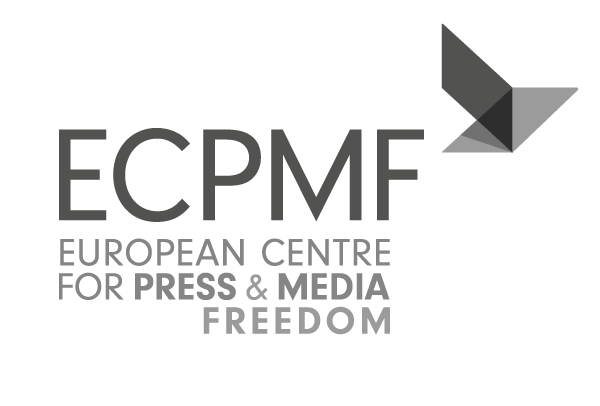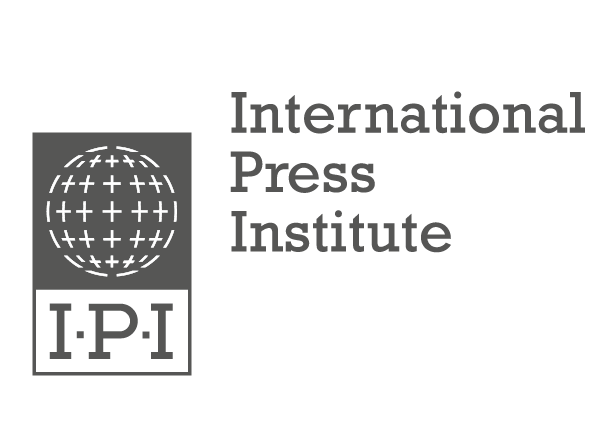by Martin Hoffmann, Vice Chair of the European Institute for Journalism and Communication Research (EIJC), Editor with ZDF heute journal and Researcher for ECPMF
113 journalists and media workers in EU Member States and Candidate States have suffered physical violence from police officers since 2014, according to MappingMediaFreedom.org. German video reporter Julian Stähle is one of those who have been attacked for carrying out their work. When filming a special services operation in the Berlin region, Stähle was injured when an officer suddenly threw him to the ground. However, it was Stähle who found himself in court. The officer who denounced him claimed that the reporter had started the confrontation. Two of his colleagues testified in support of this fiction. It took a year to prove that he was the victim of the German police, not the perpetrator. Stähle was finally able to show his video-footage of the incident in the court. The footage was so damning that it made one of the officers who had just testifying under oath faint. Stähle’s experience of the police’s use of arbitrary violence caused public outrage and it remains one of the most egregious cases of police violence in Germany, while also demonstrating the extent to which police officers can attempt to avoid justice. Unfortunately this was not an isolated case. During the May Day demonstrations in Berlin this year a police officer hit a female camera-assistant so brutally, that several of her teeth were knocked out.
While this type of case is quite rare in Germany, in France the level of police violence against reporters is far more severe. In the first six months of the “Yellow Vests” protests, which began in November 2018, Reporter without Borders counted 54 journalists injured by police officers. 42 of them were severely injured. Journalist David Dufresne, who set up a monitoring process due to the increased reports of police misconduct connected to the Yellow Vest protests has registered several hundred cases of unethical behaviour. Every attack and every failure to respond undermines France’s commitment to media freedom and the underpinnings of democracy. If things are bad, the recently introduced National Policing plan will not improve matters. Designed as an approach for a “better consideration of the presence of journalists during law enforcement operations” as French minister of interior, Gérald Darmanin, called it, the current plan appears to miss its mark. It discriminates against journalists who are not holding officially accredited press cards, preventing them from wearing protective clothing such as helmets when covering demonstrations, while also enabling the police to exclude journalists from remaining in a crowd after police warnings.
Every attack and every failure to respond undermines France’s commitment to media freedom and the underpinnings of democracy.
But police violations of journalist’s rights happens across Europe. At the beginning of September 2020 in Sofia, Bulgaria, a camera team reporting on anti-government-protests were sprayed indiscriminately with pepper spray by police forces, others got allegedly hit with batons, while freelance journalist, Dimiter Kenarov was detained and allegedly kicked in the head by at least two riot police officers. Another alarming example of police misconduct was seen in Serbia during anti-lockdown protests in July where within only one week, 28 journalists were attacked by both police and protestors, as reported by the BIRN-network, other media outlets and the Media Freedom Rapid Response.
These developments are even more concerning, when there is an increased need of proper police protection for journalists and media workers during their work. Demonstrations are currently the most dangerous situations for journalists to work both in EU Member States and Candidate Countries. More than 20 Percent of all violations against journalists occurred at demonstration sites in the first nine months of this year, according to data of MappingMediaFreedom.org. In Germany, 75 Percent of all violent attacks with political background were registered at demonstrations or in surrounding the environment.
These developments are even more concerning, when there is an increased need of proper police protection for journalists and media workers during their work.
This data demonstrates the increased necessity of building a professional and trustful relationship between press and police. To explore the current conflict and share perspectives, the Press Freedom Police Codex developed by the ECPMF and its partners formulates eight guidelines as to how police in Europe should support the work of the free press. The first rule states: Any violence by police staff against journalists is unacceptable. Even though this should be common sense in European democracies, it requires greater levels of awareness from the public, the police and politicians to ensure cases like the one of Julian Stähle are properly sanctioned and perceived as unacceptable to every police officer.
It is important to remember that in the police’s case against Stähle, their first reaction was for the head of the department to state unequivocally that the officer’s actions were correct and the assault and detention was “quite a normal procedure”, as Stähle resisted the instructions from the police. This approach may attempt to insulate police from further criticism, but does little to protect journalists and media workers. In fact, it is emblematic of a structural problem seen across Europe that, if left unaddressed, positions police officers, not as sources of support, but as sources of fear and distrust.
ReportIt calls for all people to stand in solidarity with at-risk journalists and media workers by reporting all violations of media and press freedom to Mapping Media Freedom. Help us fight the normalisation of threats against journalists and stand up for media freedom by taking part here: https://www.mappingmediafreedom.org/report-it
Photo: ©Dolidzé Sabrina






